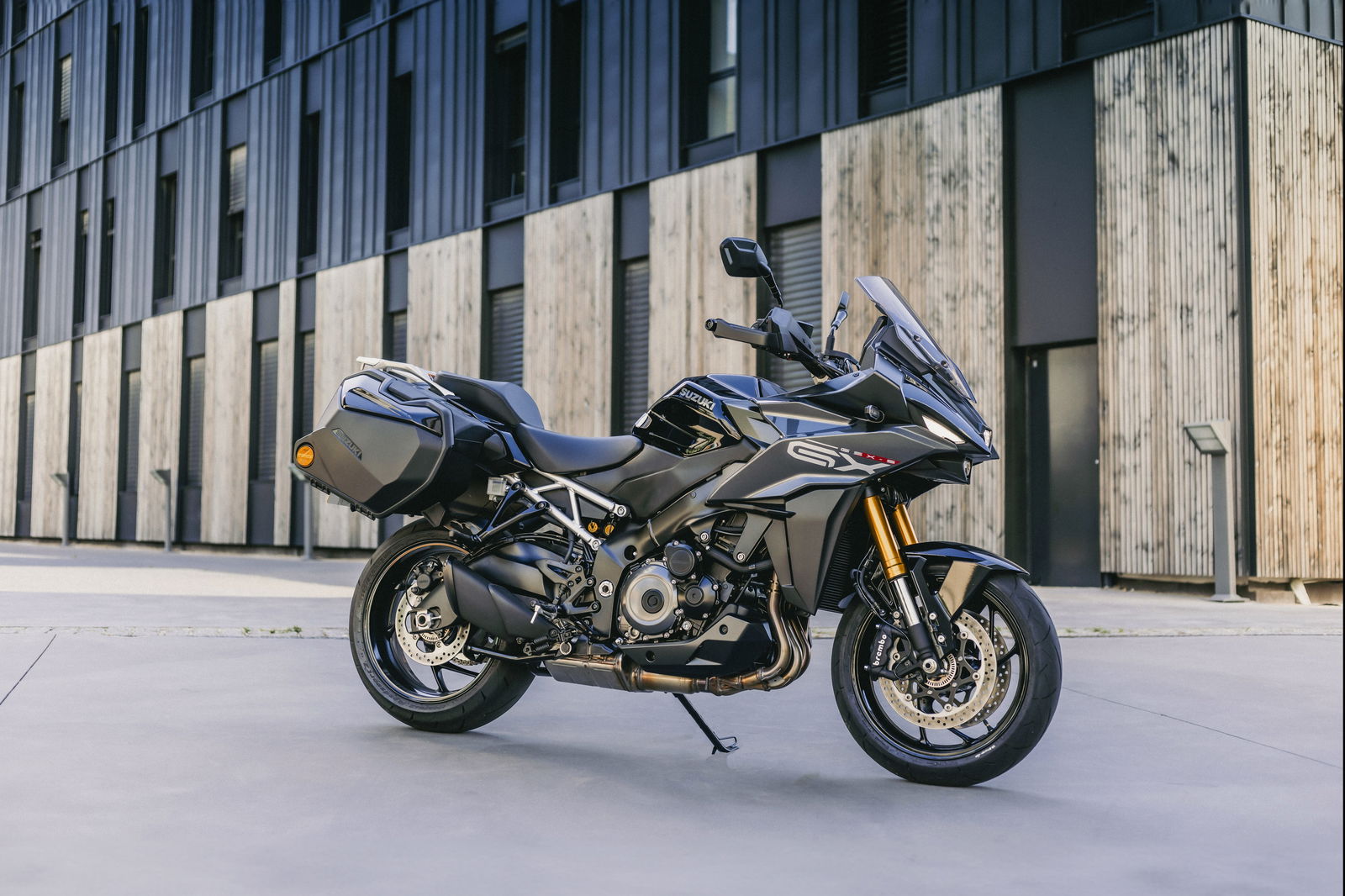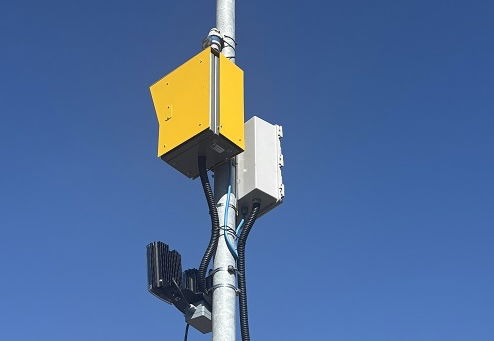Kawasaki Goes Airborne With H2 SX-Powered Light Aircraft
Kawasaki’s supercharged H2 SX engine is being used for a new aircraft powertrain from VoltAero.

Hybrid aircraft company VoltAero is using Kawasaki’s H2 SX engine as part of its new hybrid-electric propulsion system.
Displayed for the first time last month during an exhibit in Lyon, France, VoltAero showcased its new power unit, which is officially called the HPU 210, to the public. Equipped with the Kawasaki H2 SX engine, it gets the full benefit of the supercharged powertrain, which allows for direct injection of hydrogen as a fuel.
The press release from the company calls it Kawasaki’s ‘thermal engine’, a term that sounds very scientific and like there’s more to it, but in reality, we’re talking about the same engine that produces 197bhp at 11,000rpm and 101Ib ft of torque at 8,500rpm in Kawasaki’s top-spec tourer.
In VoltAero’s HPU 210 engine configuration, the hybrid-electric unit is controlled by a single throttle as the Kawasaki engine helps generate power from zero to 70 per cent. That’s before receiving the additional power boost from the electric motor and its battery.
The HPU 210 runs on aviation gasoline (AVGAS), biofuel (such as the E85 ethanol-gasoline blend) and standard unleaded automotive fuel, with fuel consumption as low as 38 litres per hour at cruising speeds.
“With the HPU 210, a new category of aeroplanes will benefit from the patented, proven hybrid propulsion technology pioneered by VoltAero for our Cassio family of regional aircraft, which are now advancing into their pre-production phase,” said Jean Botti, VoltAero’s CEO & Chief Technology Officer. “We’ve validated our hybrid propulsion architecture on our in-house Cassio S flying testbed, which has logged more than 185 flight hours and flown approximately 25,000 kilometers in a full range of operating conditions.”
Kawasaki is well versed in producing parts for jet turbine engines, and the Japanese brand is planning to introduce new inline four and six-cylinder turbocharged hydrogen engines by 2030. Again, the concept is derived from Kawasaki’s motorcycle engines.
Find the latest motorcycle news on Visordown.com.


 (1)_0.jpg)